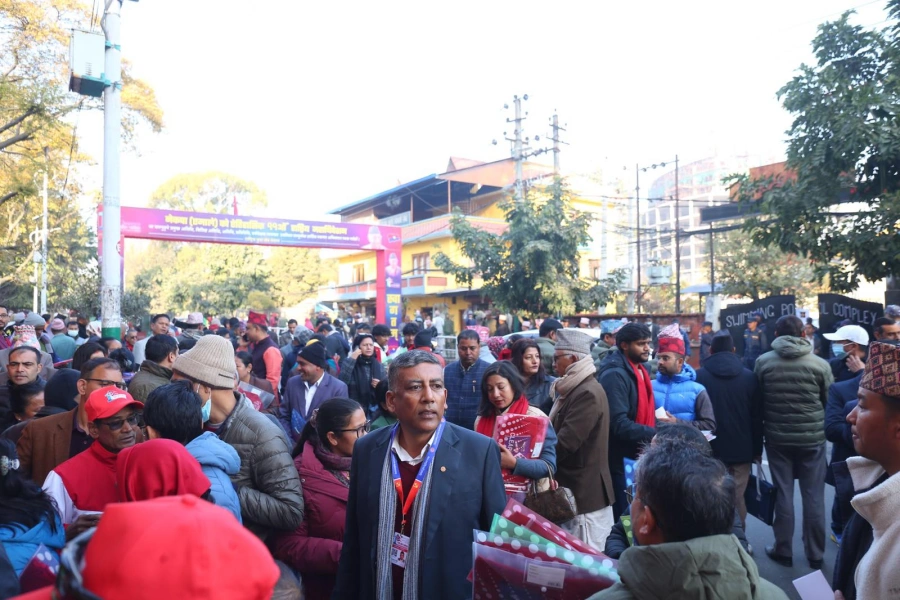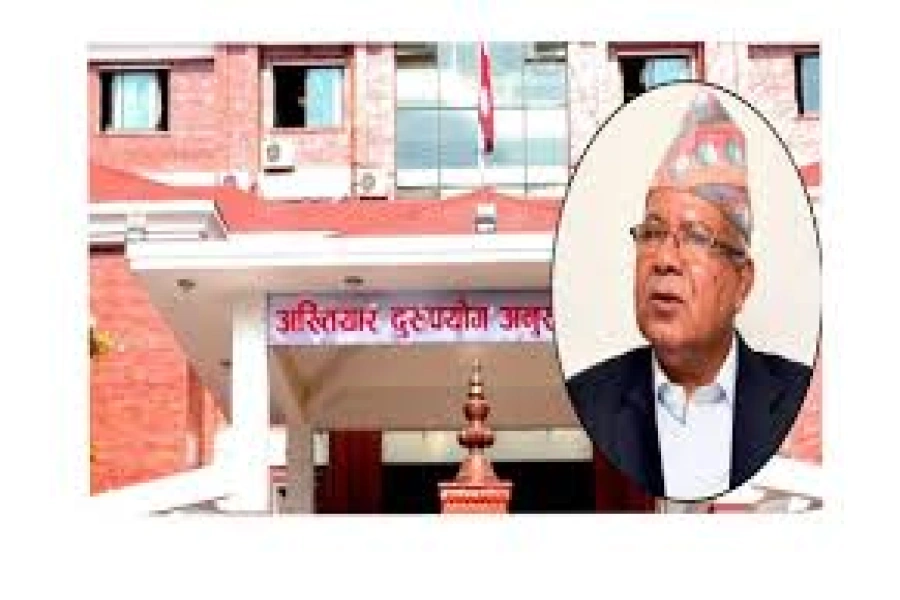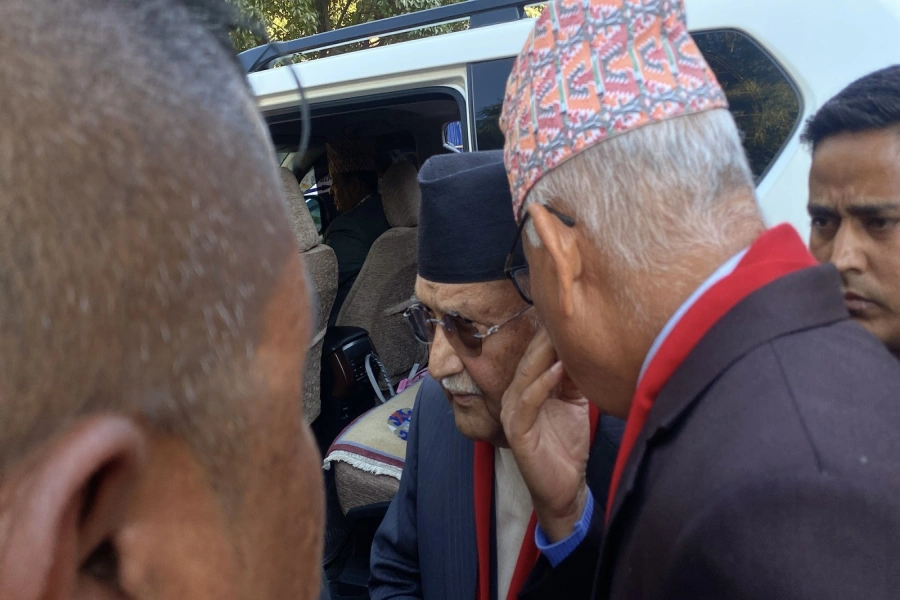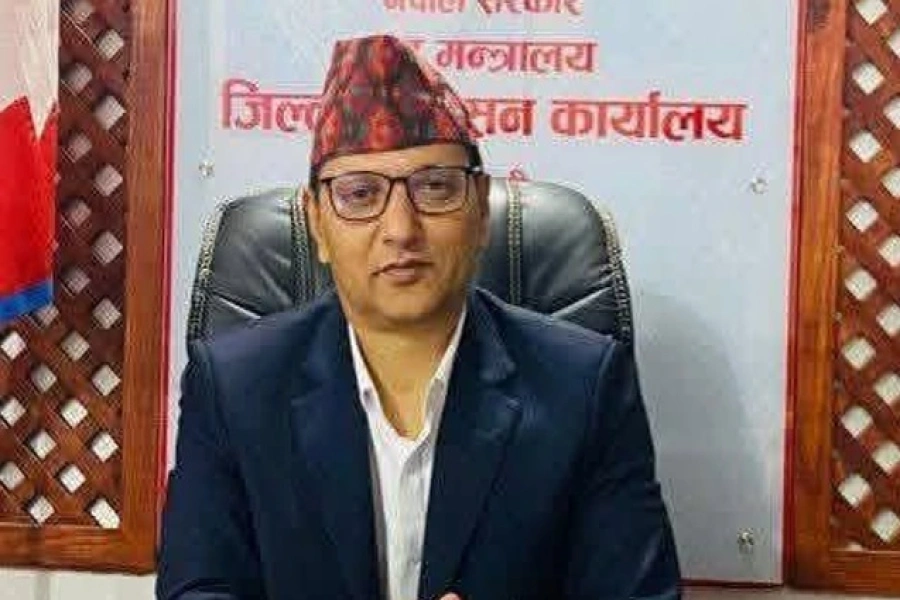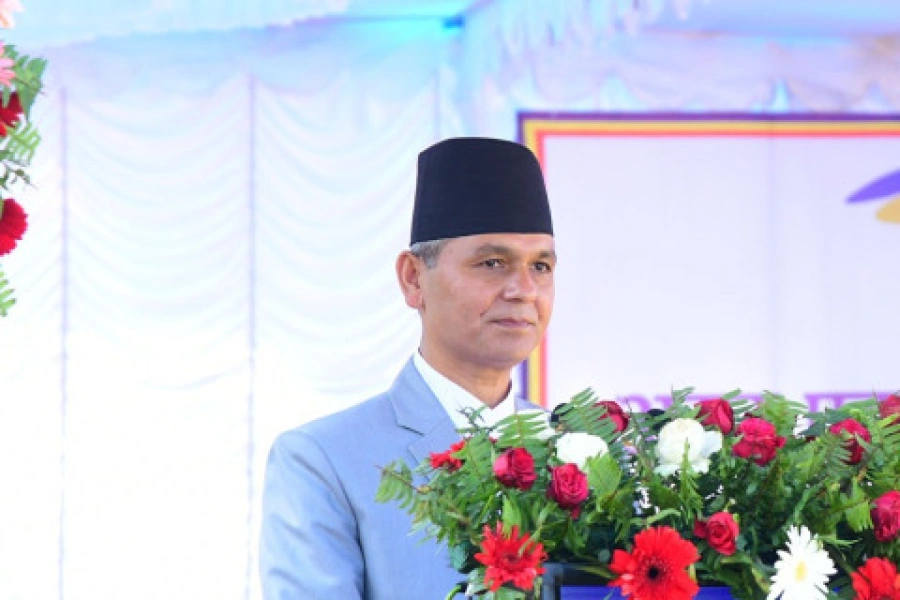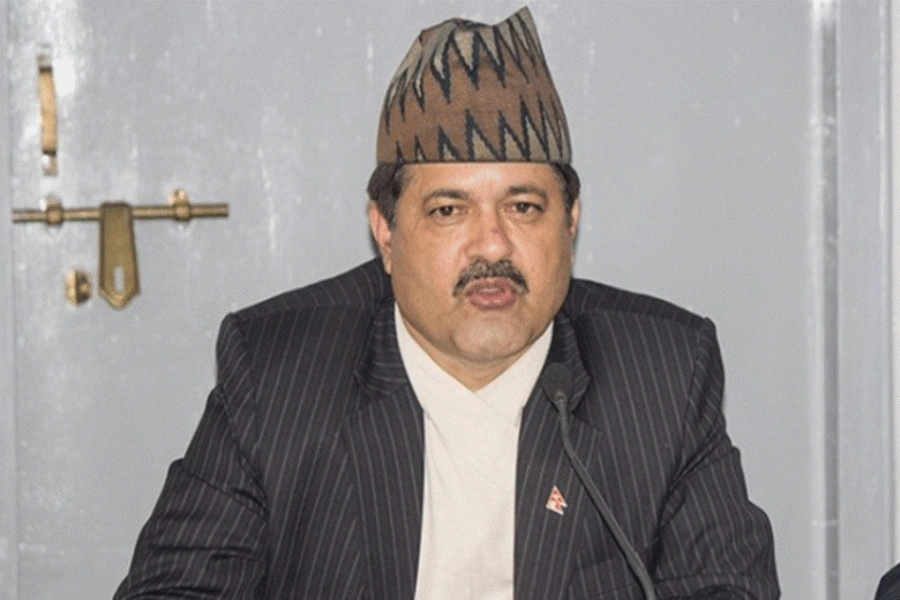Kathmandu, July 20: The Gorkha Earthquake of 25 April 2015 should have taught all of us a lesson regarding how we should build our structures. As is said, it is not the earthquake that kills but the infrastructures that we have constructed that do.
The magnitude 7.6 temblor flattened houses, buildings and other structures, trapping people in the rubble. Historical monuments, temples and buildings were reduced to rubble within seconds of the tremors. Old settlements were raged to the ground. Things were in chaos. According to the Post Disaster Needs Assessment (PDNA) carried out by the National Planning Commission, approximately nine thousand people were killed across the country. Likewise, 416,359 houses were damaged including 202,157 fully damaged and 214,202 partially damaged throughout the country. The ancient temples and monuments in the three Durbar Squares in Kathmandu, Lalitpur and Bhaktapur were reduced to a pile of waste.
The casualties would have been much higher had the quake occurred at night or other working day. Nepal was lucky enough that it happened on a Saturday, a public holiday and during the daytime. The people who got killed by falling bricks or wood or other material or were trapped in the rubble met with such fate mainly due to the unsound structures that we had built and not the earthquake as such although this natural phenomenon triggered this ‘tandavanritya’ or the dance of destruction and mayhem. So, we have no one else to blame but ourselves for the tragedy.
Natural disasters are ‘natural’ and we know that they might occur any moment. It is we humans who have to be cognizant of this fact and prepare ourselves to face the situation. We cannot blame nature. Although we could do precious little regarding preventing our old monuments from falling down for they were constructed by our forefathers many years back, at least we could have prevented casualties occurring from fallen buildings and structures that we had constructed in our own times, had we only been wise enough that earthquakes might strike and sometimes with lethal intensity.
In the weeks and months after the great earthquake, there was the obvious panic and nervousness among the people as well as a flurry of debate and public discussion on the topic of disaster mitigation, preparedness, safety, rescue and relief, particularly in relation to earthquake, as the devastation wrought by the big tremor and hundreds of its aftershocks was still in mind and the country was counting the number of deaths and assessing the damage. The earthquake had, indeed, left behind a trail of damage, death and devastation.
From newspaper pages to broadcast airwaves there was this topic of earthquake risk and how to build earthquake-resilient houses and structures. There were articles aplenty by experts and specialists on all aspects of disaster management and earthquake splashed in newspapers.
Geologists to engineers to seismologists to general public were debating safety on TV shows and radio talk shows – providing their own advice on safety. They pointed out how unsafe our capital city and its sister cities were to natural disasters, suggesting that new policy on building and construction should be brought. Engineers, architects and construction gurus, all, advised on building sound structures given the vulnerability of the country and more so the Kathmandu Valley to earthquakes since Nepal falls within the tectonically active zone stretching all the way from Java and Sumatra up towards the western side of the Malaysian peninsula, Burma and to the entire Himalayan range.
Kathmandu Valley is said to be more susceptible as it is built on a valley that was once a big lake. So, its sub-terrain consists of loose sandy and gravel soil, not strong enough to support much weight.
Collective amnesia
But such is our collective amnesia that we seem to have forgotten this hard fact and there are all those huge constructions going like crazy all over. If one was to observe the Kathmandu skyline from a vantage point, we can see huge blocks jutting out in all directions. It sends shudders when one thinks of the moments of the movement of the Gorkha Earthquake and all this construction of tall and gigantic buildings going on only 15 months from the day the quake rocked the country. There is no guarantee that these constructions have sincerely followed the building code and the earthquake safety requirements.
And it becomes heart-wrenching when the Kathmandu Metropolitan City (KMC), the body responsible for the overall development and safety of the capital city and protection of its ancient heritage sites, some of which are UNESCO World Heritage Sites, is itself found encouraging such constructions.
Take for instance the construction of the Kathmandu View Tower all set to kick off in the heart of Kathmandu. Originally planned to be a 29 storied structure, it was later downgraded to 12 stories and the old bus park relocated to make space for this building. The construction has been leased out to a private construction company. The foundation stone of this structure was laid down by none other than the Honorable Vice President. Was there really a need for constructing this huge structure by displacing the old bus park when there is need of more open space, greenery and safety for this already congested capital?
Moreover, the shifting of the bus park to the open-air-theatre has caused great deal of inconvenience to commuters. First, what open space was left there has been encroached upon. Second, it has increased the noise pollution near the Bir Hospital making the road to its east congested to the degree that it is even difficult for ambulances to negotiate the clogged road. Third, the road to the east and west of the Khulamanch where the bus park has been shifted are one-way. The presence of the bus park there has created a bottleneck in the smooth operation of traffic on both the one-way roads. RSS
After demolition of illegal structures in Narayanghat area, Hak...






